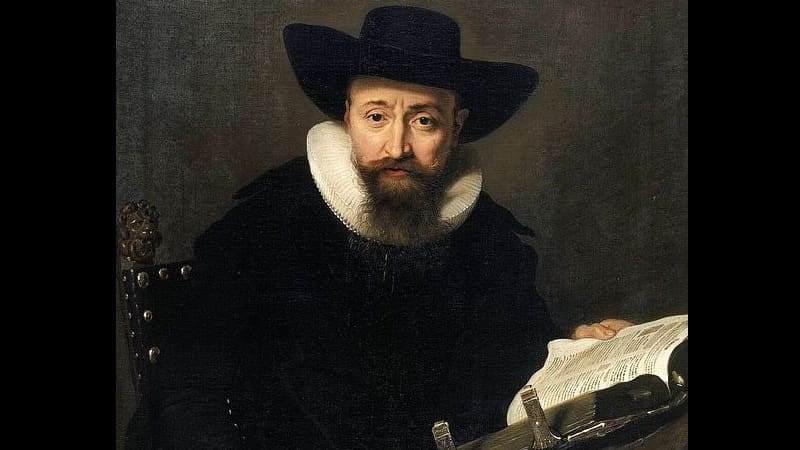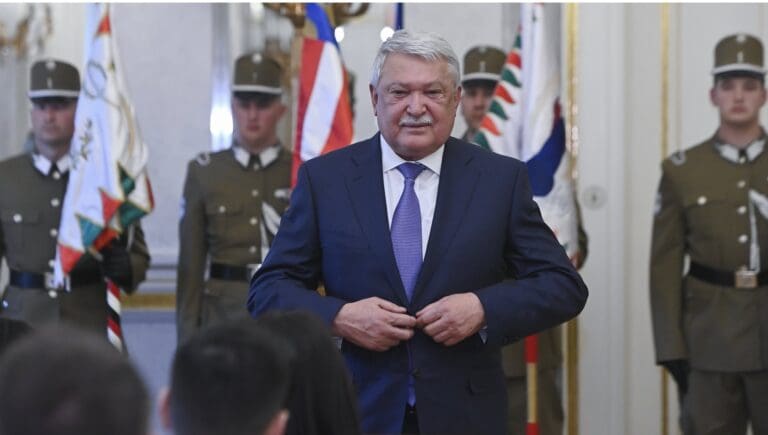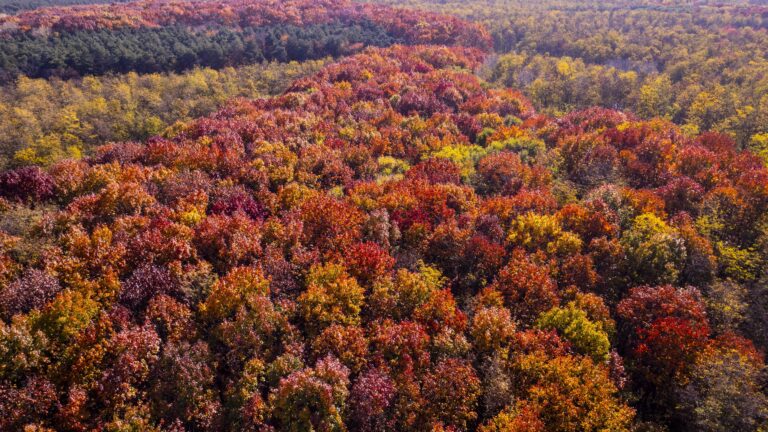Part III: The Clothing of 17-Century Protestant Ministers*
It is reasonable to think that after a hundred years, precise rules and regulations for the clothing of Protestant ministers have been formulated. However, historical sources show that the reality was different. On 11 November 1612, Bishop István Pathai convened a synod in Köveskút in the Transdanubian Reformed Church District of Vas County and one of the laws passed there read as follows:
‘Since indecent dress betrays somewhat the stolidity of the soul, the ministers of the Church should keep a fair middle ground in dress and trimming…We, therefore, command in the Lord that, forgoing that disgraceful military apparel, which (let it be fairly said) scarcely fit to cover the buttocks, they should wear long robes and (as far as possible) cloaks of the shape and colour of their office…We also order school rectors and students to dress in decent and respectable clothing, leaving split hats and ringlets to the bachelors.’**
As we can see, not only clothing is mentioned here, but so is hairstyle. The garment called a ‘cloak’ is not the same as a pastor’s cloak in the modern sense, it is more akin to a robe. The cloak, which we know today as part of Protestant ministers’ clothing, only became a compulsory accessory 250 years later.
Article 2 of the 1625 Csepreg Synod can be considered special because
it also refers to the colour of the ministers’ clothing, which was not common before:
‘No one of the preachers shall wear a green Meissen cloth or boots, but a black or blotched (Editor’s note: dark blue) cloth; and he who the parish may choose shall have a priestly robe.’ Back then, many of the tradesmen wore green-coloured woolen cloths, which is in all probability why the synod forbade these garments and recommended black and dark blue for the pastors.
The decision of the 1629 Oradea Synod is interesting as well: ‘We find that many of the people turn away from piety because there are ministers who undertake the service either for a living or for luxury—very many are only glad to wear a fox-skin cloak and think little of the holy books, and read for the people without any choice of time or occasion, rhapsodies collected from here and there as if they were poultry stuffers or rodents, and thus deceive them. Such shall be severely examined, and if the minister has no books for his service but he has his fox-skin cloak, the deacon shall sell the cloak, and for the price thereof provide the holy book and other necessary books, or else the minister shall be suspended, as not worthy of the pastorate.’
It was also in Transylvania, at the 1642 Nagyenyed Synod, that the question of the attire of ministers was discussed by those present. It forbade clergymen to wear velvet and marten-skin headgear without a brim and
even punished ministers’ wives for wearing pearls around their necks, grips in their hair, or ‘boots other than those of the popular fashion’.
Canon 83 of the Church Canons (Egyházi kánonok), edited by István Geleji Katona in 1649 and published in the same year, is much more detailed about the clothing of the wives and the daughters of pastors:
‘Now inasmuch as not only the ministers themselves, but also their families, belong in some measure to the Lord’s flock: earnestly, and by apostolic decree, they are commanded that even their wives and daughters should be clothed in garments free from all luxury and finery, adorning themselves with modesty and decency, not with curly tresses, or with gold, or with pearls, or with costly robes, but in such respectable apparel as is proper for women who are zealous for godliness; not rivalling the noble stones in the use of headdresses, headbands, silk aprons, necklaces, bracelets, trinkets, coloured shoes, petticoats embroidered with gold or silver fringes, epaulettes, Greek veils, and other ornaments of such a kind as are unbecoming to a minister’s wife, but employing themselves according to their own order and condition.’
The last of the 17th-century synodal decrees to deal with the clothing of ministers was the 1650 edition of the Pest County Canons (Pestvármegyei kánonok), which states that a preacher who ‘wears a dress unbecoming to his service’ should be ‘punished with the price thereof’. Although the synods, as we have seen above, have sought to act against excesses in the clothing of preachers, several sources attest that, in many cases, it was the deacons who had to discourage pastors from the temptations of fashion.
If we take the surviving 17th-century pastoral sketches into account, we can see that most preachers at the time wore long black, blue, or brown dolmans; fur coats, black hats, and boots in the winter; and had beards and moustaches.
*This article was largely based on Béla Takács’s book titled A magyar református lelkészek öltözete (The Garments of Hungarian Reformed Church Pastors), Hernád kiadó, Debrecen, 2004.
**This and all other passages in the article were translated by Hungarian Conservative.
Read Part I and Part II:








